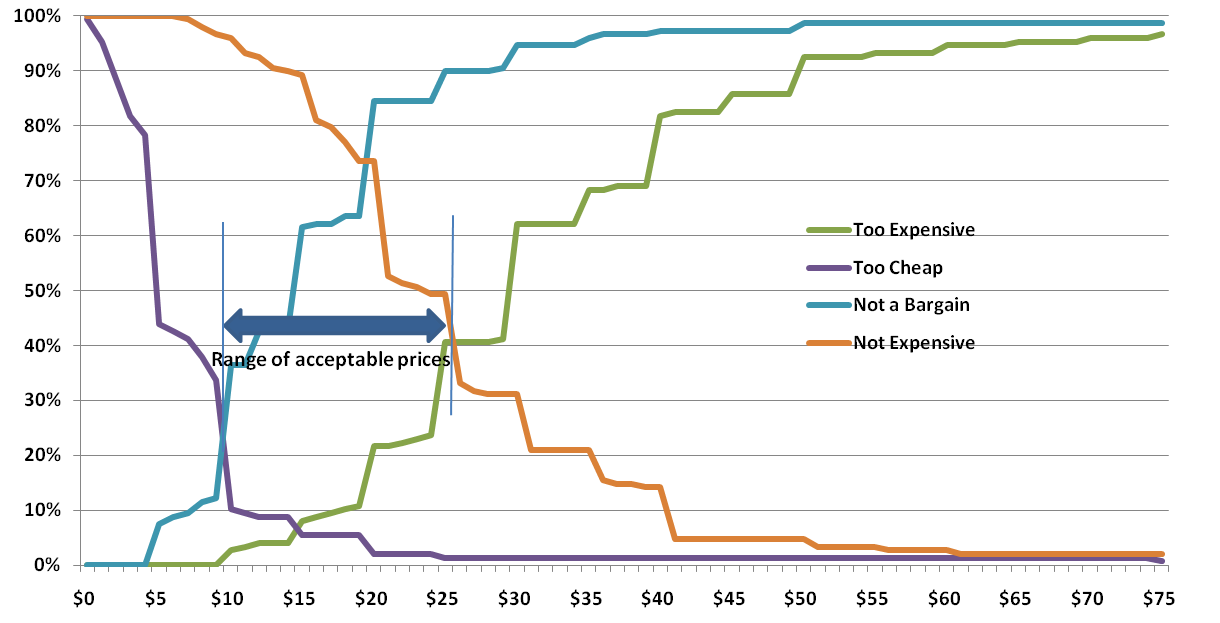Sunday’s New York Times Magazine has an article about a new program being introduced by the Hyatt hotel chain intended to stimulate real loyalty in the form of future business through gratitude generated by generous acts such as having a bar tab waived randomly.
It isn’t totally clear how closely the new program is associated with the Hyatt’s Gold Passport loyalty program. The Times article states that recipients don’t have to be members, but Mark Hoplamazian (Hyatt C.E.O) writes in a guest blog post for USA Today that the “random acts of generosity” program is being run by the Gold Passport team.
It is certainly clear that current loyalty programs are generally poor performers in terms of creating grateful customers whose relationship extends much beyond treating the loyalty card as a discount program. And I buy into the notion of gratitude as a powerful motivator. But I’m not so sure that Hyatt’s plan will be able to walk the tightrope necessary to achieve their objectives.
- The idea of randomness is troubling to me, in part because I wonder how well it will be applied in practice. Will a customer receiving a free massage see the gift in a positive light, or be suspicious? Will someone else who doesn’t receive a “random act of generosity” perceive unfairness? In a planned paper on gratitude, the importance of elements of randomness or discretion is mentioned. Perhaps the giveaways will become merely discretionary, used as ways to appease an unhappy customer, or be perceived as such.
- I’m also thinking of the random aspects of B.F. Skinner’s operant conditioning. Is this what’s intended – to generate a feeling among customers that they should return because they might be the recipient of benefit next time (much like the dog who doesn’t know when they’ll receive a treat for good behavior). If that’s the case, perhaps it would be better to be upfront with a truly randomized system. That approach worked well for a funky burger joint in Portland, Oregon, where the possibility of a free meal was part of the schtick, but it could backfire for the Hyatt if customers simply see it as a different way to apply discounts (and perhaps would prefer lower prices).
- Hyatt is in a bind on how to publicize the program. On the one hand, if they promote the new program actively, they might be seen as doing this for very self-serving purposes. Of course, that’s their intent, but they don’t want it to be obvious. On the other hand, will word-of-mouth pay off quickly enough, or be accurate?
- Perhaps a simpler approach would be instead to emphasize the aspects of service that don’t have as direct an impact on the consumer’s wallet. The Times article mentions Zappos’ ability to generate gratitude by helping shoppers find a product that Zappos doesn’t have in stock. Some of my most positive experiences of hotels, and the ones I’ll use for recommendations, are for places that go above and beyond to provide suggestions for local services, or advice for a future stay. Perhaps Hyatt thinks that tactic has run its course?
For more information on research into the role of gratitude in relationship marketing, look for “The Role of Customer Gratitude in Relationship Marketing“, by Robert W. Palmatier, Cheryl Burke Jarvis, Jennifer R. Beckhoff, & Frank R. Kardes, in the Journal of Marketing.
Hyatt’s goal should be to be seen as a chain that offers a better experience for all customers, not just the lucky few. Will the “random acts of generosity” program hit the mark? It remains to be seen.
Idiosyncratically,
Mike Pritchard
